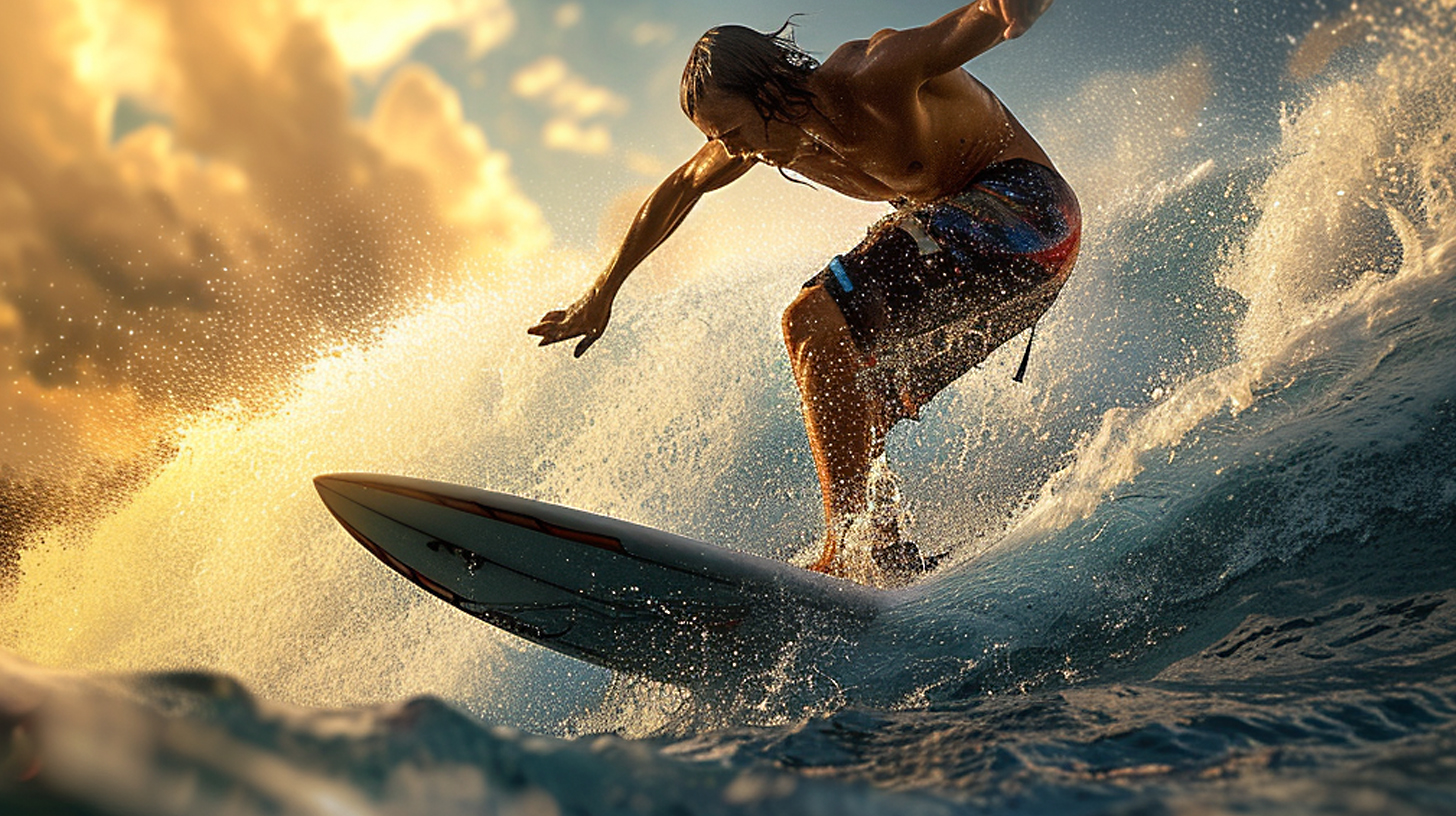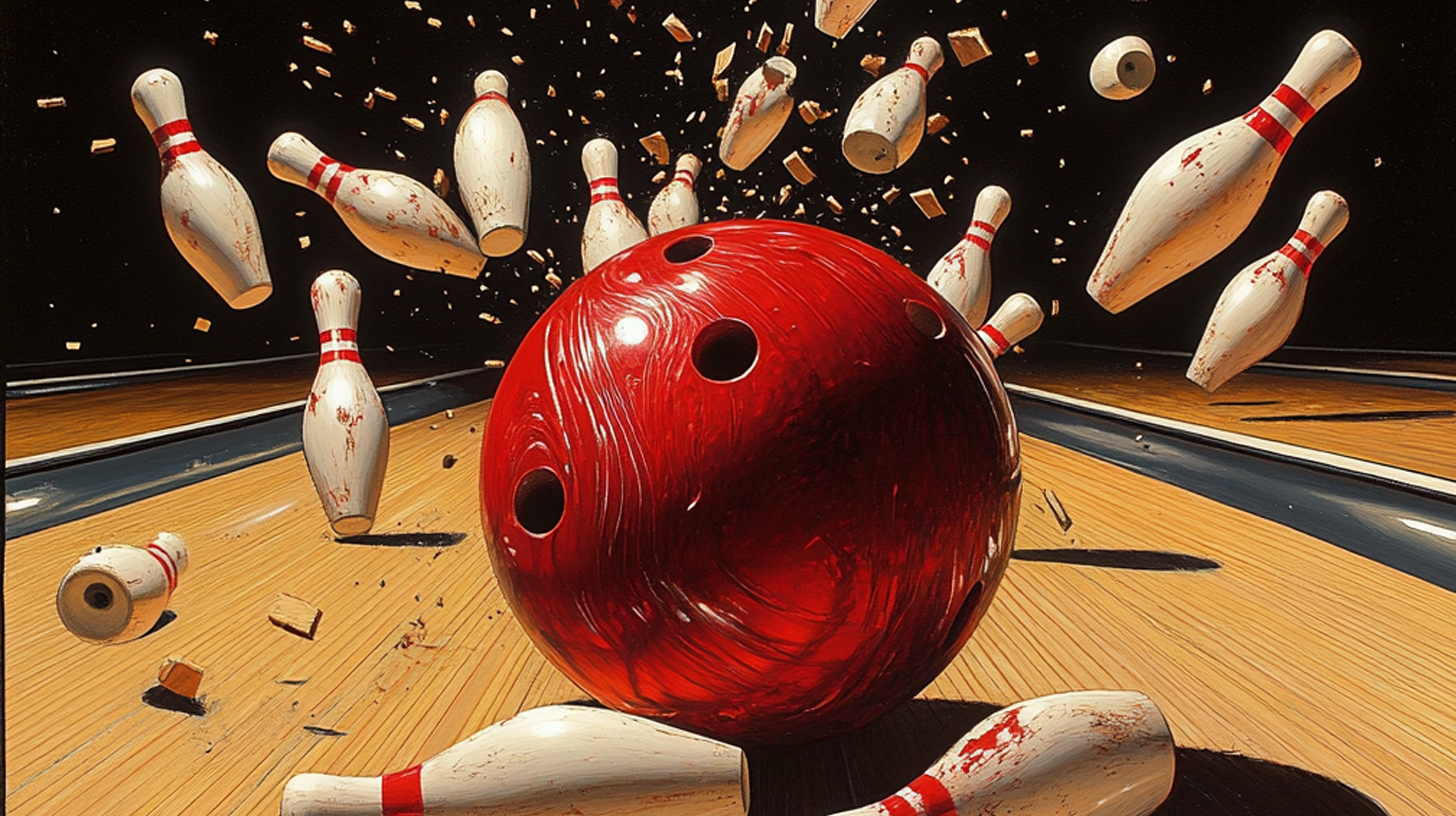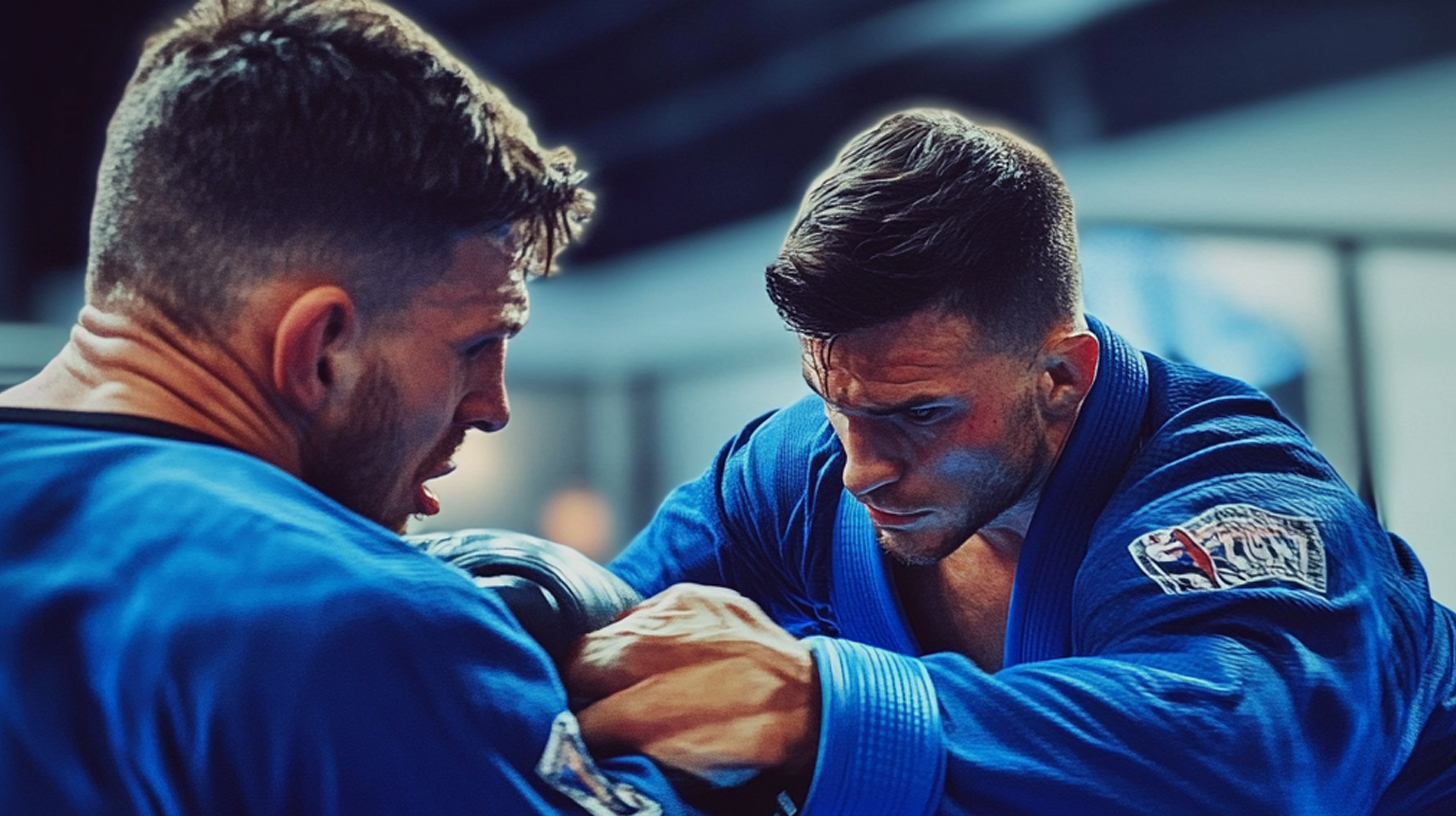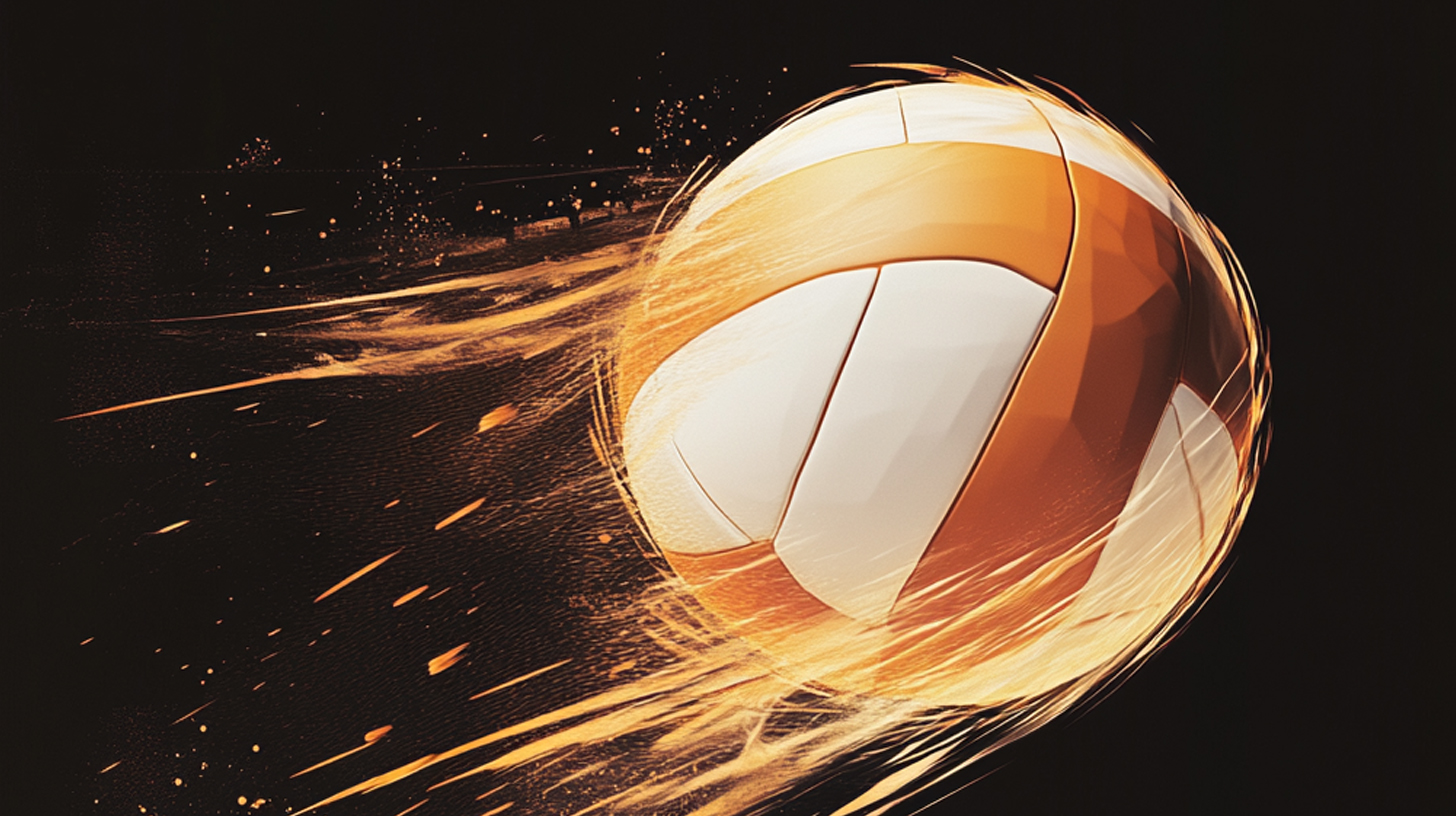Understanding Surf Basics: Know Before You Go
Before hitting the waves, it’s crucial to familiarize yourself with surfing terminology and ocean safety. Understanding different wave types, such as beach breaks, point breaks, and reef breaks, will help you choose the right spot for your skill level. Surf etiquette is equally important; learning the right-of-way rules and respecting other surfers ensures a positive experience for everyone in the lineup.
Ocean safety cannot be overstated. Always check the weather and surf conditions before entering the water. Be aware of rip currents and know how to identify and escape them. It’s also essential to understand beach flags and their meanings, as they indicate potential hazards or restricted areas.
Familiarize yourself with common surfing terms like “duck dive,” “bottom turn,” and “cutback” to better communicate with fellow surfers and instructors. Additionally, be mindful of local beach rules, which may include restrictions on certain activities or designated surfing areas.
By mastering these surf basics, you’ll not only enhance your safety but also contribute to a respectful and enjoyable surfing community. Remember, the ocean demands respect, and a well-prepared surfer is a safe surfer.
Choosing the Right Surfboard: Size and Style Matter
When selecting a surfboard, size and style are crucial factors that can significantly impact your surfing experience. For beginners, larger boards offer more stability and buoyancy, making it easier to catch waves and maintain balance. Longboards, typically 9 feet or longer, are excellent choices for novice surfers due to their forgiving nature and smooth ride.
Foam boards are another popular option for beginners, as they provide added safety and flotation. These boards are softer and more buoyant than traditional fiberglass boards, reducing the risk of injury during inevitable wipeouts.
As surfers progress, they may transition to shortboards, which offer greater maneuverability and responsiveness. However, shortboards require more skill to paddle and catch waves, making them better suited for intermediate to advanced surfers.
Board dimensions, including length, width, and thickness, play a vital role in performance. Wider boards provide more stability, while thinner boards allow for sharper turns. The right combination of dimensions depends on the surfer’s skill level, body type, and wave conditions.
Surfboard materials also influence performance and durability. While traditional fiberglass boards offer excellent performance, epoxy boards are lighter and more buoyant, making them suitable for smaller waves. Carbon fiber boards provide a high-performance option for experienced surfers seeking maximum speed and responsiveness.
Ultimately, choosing the right surfboard involves considering your skill level, preferred wave types, and personal goals in surfing. Consulting with experienced surfers or local surf shops can provide valuable insights to help you make an informed decision.
Mastering the Pop-Up: The Foundation of Surfing
The pop-up technique is the cornerstone of surfing, serving as the crucial transition from paddling to riding a wave. This fundamental skill involves quickly moving from a prone position to a standing stance on the surfboard. To execute a perfect pop-up, start by positioning your hands beneath your chest, then explosively push up while simultaneously bringing your feet under your body. Your front foot should land between the middle and front of the board, with your back foot positioned near the tail.
Achieving the correct surfing stance is essential for maintaining balance and control. Keep your knees slightly bent, your weight centered, and your arms relaxed at your sides. As you progress, focus on distributing your weight evenly between both feet to enhance stability and maneuverability.
To improve your pop-up technique, incorporate these practice exercises into your routine:
1. Land-based pop-up drills
2. Yoga poses like Chaturanga and Cobra
3. Burpees to build explosive strength
4. Balance board training
Common mistakes to avoid include:
1. Pushing up with bent arms
2. Standing up too slowly
3. Placing your feet too close together
4. Looking down at the board instead of forward
By dedicating time to perfecting your pop-up technique, you’ll build a solid foundation for your surfing journey and be better prepared to catch and ride waves with confidence.
Reading the Waves: Timing is Everything
Understanding wave patterns is crucial for any surfer looking to improve their skills and make the most of their time in the water. By observing swell direction and studying the ocean’s rhythm, surfers can better predict where and when the best waves will form. Identifying good waves requires a keen eye and experience; look for clean, well-shaped waves with a consistent break.
Proper paddling techniques are essential for catching waves efficiently. Practice a smooth, powerful stroke and maintain a streamlined position on your board to reduce drag. Timing is critical when it comes to wave selection – too early, and you’ll miss the wave’s power; too late, and you risk getting caught in the impact zone.
As you develop your wave-reading skills, you’ll notice improvements in your positioning, catch rate, and overall surfing experience. Remember, each beach and break has its unique characteristics, so spend time observing and learning the specific patterns of your local surf spots. With patience and practice, you’ll soon find yourself consistently catching better waves and enjoying longer rides.
Staying Safe: Surf Hazards and How to Avoid Them
Surfing is an exhilarating sport, but it comes with inherent risks that every surfer should be aware of. One of the most dangerous hazards is rip currents, powerful channels of water that can quickly pull swimmers away from shore. To avoid getting caught in a rip current, always check local beach conditions and learn to identify these currents by looking for choppy, discolored water or gaps in the breaking waves.
Underwater obstacles such as rocks, reefs, and submerged debris pose another significant risk. Familiarize yourself with the beach layout and always check the water depth before diving in. Marine life encounters, while rare, can also be dangerous. Be aware of local wildlife and follow any posted warnings about jellyfish, sharks, or other potentially harmful creatures.
Surf injuries, including cuts, bruises, and more severe traumas, can occur due to collisions with your board or other surfers. Always use a leash to keep your board close, and maintain a safe distance from other surfers. In case of an emergency, know the proper procedures: signal for help, stay with your board, and remain calm.
By staying informed about these hazards and taking necessary precautions, surfers can significantly reduce their risk and enjoy a safer experience in the waves.
Perfecting Your Paddle: Efficient Movement in the Water
Mastering efficient paddle techniques is crucial for any surfer looking to improve their performance in the water. Proper paddling not only helps you catch more waves but also conserves energy, allowing you to stay out longer and make the most of your session.
To perfect your paddle, focus on developing arm strength and endurance through targeted training exercises. Incorporate swimming, push-ups, and pull-ups into your routine to build the necessary muscles for powerful strokes. Additionally, practice your technique on dry land to reinforce proper form before hitting the waves.
When in the water, pay close attention to your positioning on the board. Lie centered, with your chest slightly raised and your feet together. This posture reduces drag and increases your paddling efficiency. As you paddle, reach forward and pull through the water with cupped hands, keeping your arms close to the board for maximum propulsion.
Timing is everything when it comes to catching waves. Learn to read the ocean and position yourself accordingly. Start paddling early and match the speed of the approaching wave to increase your chances of successfully riding it.
Remember, efficient paddling is a skill that develops over time. Consistent practice and attention to technique will ultimately lead to improved performance and a more enjoyable surfing experience.
Wipeouts and Recovery: Embracing the Inevitable
Wipeouts are an inevitable part of surfing, and knowing how to handle them is crucial for every surfer’s safety and confidence. When faced with a wipeout, falling safely is your first priority. Aim to enter the water with your body relaxed and your arms covering your head to protect yourself from your board or other debris.
Once underwater, mastering navigation techniques becomes essential. Stay calm and orient yourself by looking for light, which indicates the surface. If you’re unsure of your position, follow your leash to locate your board and the surface.
Surfacing techniques are equally important. When coming up for air, use one arm to shield your head from potential impacts. Breath control is vital during this process; exhale slowly as you ascend to prevent lung overexpansion.
Throughout the entire experience, staying calm is paramount. Panic can lead to poor decision-making and increased risk. Remember that most wipeouts last only a few seconds, and the ocean will naturally bring you back to the surface.
By embracing these techniques and maintaining composure, surfers can turn potentially dangerous situations into learning experiences, ultimately improving their skills and enjoyment of the sport.
Understanding Weather and Surf Conditions
Understanding weather and surf conditions is crucial for any surfer looking to catch the perfect wave. Surf forecasts provide valuable information about upcoming swells, wind patterns, and tides, allowing surfers to plan their sessions effectively. Wind effects play a significant role in shaping waves, with offshore winds creating clean, well-formed waves, while onshore winds can lead to choppy, less desirable conditions.
Tides also have a substantial impact on surf quality, as different beach breaks perform better at various tide levels. Swell periods, measured in seconds, indicate the power and quality of incoming waves. Longer swell periods typically result in more powerful, well-organized waves that are ideal for surfing.
The best surfing conditions generally occur when a combination of factors aligns: a solid swell with a long period, light offshore winds, and the appropriate tide for the specific break. By studying these elements and gaining experience, surfers can better predict and take advantage of optimal surf conditions, maximizing their time in the water and improving their overall surfing experience.
Essential Surf Gear: Beyond the Board
When preparing for a surf session, having the right gear is crucial for both performance and safety. While your surfboard is undoubtedly the star of the show, several other essential items deserve a spot in your beach bag.
Wetsuits are a vital piece of equipment, especially in cooler waters. They not only keep you warm but also provide buoyancy and protection from the sun and potential scrapes. Choose a wetsuit thickness appropriate for your local water temperatures and seasons.
A quality surf leash is another must-have accessory. It keeps you connected to your board, preventing it from becoming a hazard to others and saving you energy from constantly swimming after it. Ensure your leash is the correct length for your board and in good condition.
Surf wax is essential for maintaining grip on your board. Different types of wax are available for various water temperatures, so select one suitable for your surfing conditions. Apply it in a cross-hatch pattern for optimal traction.
Don’t forget about sun protection. A high-SPF, water-resistant sunscreen is crucial for preventing sunburn during long sessions. Consider using zinc oxide for added protection on your face and neck.
Other helpful accessories include a changing poncho for privacy when switching in and out of your wetsuit, a waterproof watch to keep track of time and tides, and a first-aid kit for minor injuries. By ensuring you have these essential items alongside your board, you’ll be well-prepared for a safe and enjoyable surf session.
Surf Fitness: Conditioning Your Body for the Waves
To excel in surfing, it’s crucial to develop a well-rounded fitness routine that targets the specific demands of the sport. Core strength is paramount, as it provides stability and power for maneuvers on the board. Incorporate exercises like planks, Russian twists, and medicine ball rotations to build a solid foundation.
Flexibility exercises are equally important, allowing surfers to maintain proper form and prevent injuries. Focus on stretching the shoulders, back, and hips through yoga poses or dynamic stretching routines. This increased flexibility will enhance your ability to paddle and execute turns with ease.
Cardio workouts play a vital role in building endurance for long surf sessions. Activities like swimming, running, or high-intensity interval training (HIIT) can improve your cardiovascular fitness and stamina in the water.
Balance training is essential for maintaining control on the board. Practice exercises like single-leg stands, bosu ball workouts, or using balance boards to improve your stability and reaction time.
Lastly, incorporate surf-specific exercises into your routine. These may include pop-up drills, paddling exercises using resistance bands, and simulated surfing movements on land. By focusing on these targeted exercises, you’ll be better prepared to tackle the waves and improve your overall surfing performance.





